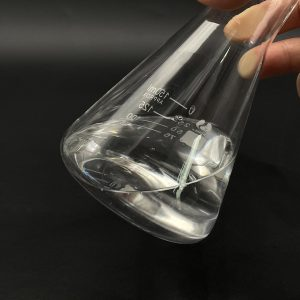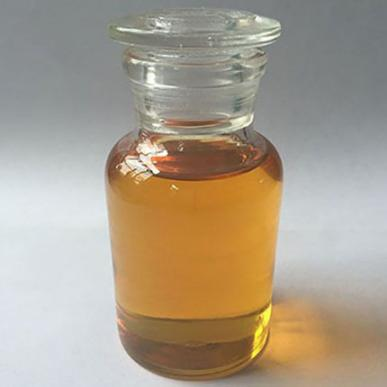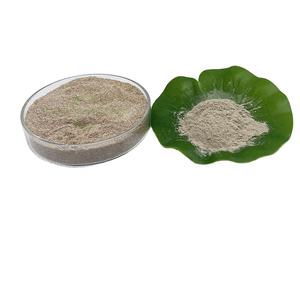1. Introduction
In the past 48 hours, a major cosmetics brand announced the complete phase-out of sodium lauryl sulfate (SLS) from its entire product line, citing consumer demand for milder, bio-based alternatives. This move reignites the ongoing debate about surfactant safety, efficacy, and sustainability—making it the perfect moment to dive deep into what SLS really is and how it stacks up against its competitors.

Sodium lauryl sulfate—also known as sodium dodecyl sulfate (SDS)—is one of the most widely used anionic surfactants globally. Found in everything from toothpaste to industrial cleaners, it’s prized for its powerful foaming and cleansing abilities. But with growing concerns about skin irritation and environmental persistence, formulators and consumers alike are exploring alternatives like alkyl polyglucoside, coco betaine, and sodium cocoyl isethionate. Let’s break down the science and compare these options head-to-head.
2. Understanding Surfactants: The Basics
Before comparing specific compounds, it’s essential to grasp what a surfactant actually is. The meaning of surfactant lies in its name: ‘surface-active agent.’ These molecules have a hydrophilic (water-loving) head and a hydrophobic (oil-loving) tail, allowing them to reduce surface tension, emulsify oils, and lift dirt from surfaces.
Surfactants fall into four main categories: anionic, cationic, non-ionic, and amphoteric. Anionic surfactants like sodium lauryl sulfate carry a negative charge and are excellent cleansers. Cationic surfactants (e.g., cetyl trimethyl ammonium bromide or CTAB) are positively charged and often used as conditioners or antimicrobials. Non-ionic surfactants like polysorbate 80 or Pluronic 127 lack a charge and are mild, making them ideal for sensitive applications. Amphoteric surfactants, such as cocamidopropyl betaine (also called coco amido propyl betaine or amidopropyl betaine), can switch charge based on pH, offering versatility and gentleness.
3. Sodium Lauryl Sulfate vs. Key Alternatives
3.1 Sodium Lauryl Sulfate (SLS) vs. Sodium Laureth Sulfate (SLES)
Often confused, SLS (sls sodium lauryl sulfate) and SLES (sodium laureth sulfate, also called sodium lauryl ether sulfate or sodium lauryl ether sulphate) are both anionic surfactants—but with critical differences. SLS is derived from dodecyl alcohol and is highly effective but can be harsh on skin. SLES is ethoxylated, meaning it’s reacted with ethylene oxide to create a longer, gentler molecule (laureth). This makes SLES less irritating while retaining strong foaming power, which is why it’s common in shampoos (e.g., sodium lauryl ether sulphate in shampoo).

However, the ethoxylation process can lead to trace 1,4-dioxane contamination—a potential carcinogen—raising safety concerns despite regulatory limits. SLS, while more irritating, avoids this issue.
3.2 Bio-Based and Mild Alternatives
For those seeking gentler, sustainable options, several bio surfactants stand out:
- Alkyl polyglucosides (e.g., decyl glucoside, coco glucoside): Derived from coconut and glucose, these non-ionic surfactants are biodegradable, non-toxic, and extremely mild—ideal for baby products.
- Sodium cocoyl glutamate and sodium lauroyl sarcosinate: Amino acid-based anionic surfactants that cleanse effectively without stripping natural oils. Lauroyl sarcosinate is especially popular in toothpaste for its foam and antimicrobial properties.
- Sodium coco sulfate (sometimes labeled as coco sodium sulfate): A milder cousin of SLS made from coconut oil, though still anionic and potentially irritating at high concentrations.
3.3 Amphoteric and Zwitterionic Options
Amphoteric surfactants like cocamidopropyl betaine offer a balanced profile—foaming well, reducing irritation from harsher surfactants, and working across a wide pH range. They’re often blended with SLS or SLES to create milder formulations. Note: Some individuals may react to impurities in cocamidopropyl, so purity matters.

4. Specialized Applications: Beyond Personal Care
Surfactants aren’t just for shampoos. In agriculture, they act as wetting agents for herbicides. For example, a surfactant for weed killer helps the active ingredient stick to waxy plant leaves. Non-ionic surfactants like ethoxylated alcohols or Span80 (sorbitan monooleate) are common here. Lawn wetting agents often use lignin sulfonate or methylated seed oil for soil penetration.
In labs and pharma, surfactants like sodium deoxycholate or poloxamer 188 (Pluronic F68) stabilize proteins or enhance drug delivery. Even copper 1 bromide systems sometimes use CTAB as a phase-transfer catalyst—though it won’t dissolve in hexane due to its ionic nature.
5. Safety, Regulation, and Sourcing
While SLS is approved for use by global agencies (FDA, EU), its potential for irritation has driven demand for alternatives. Brands like Rohit Surfactants Private Limited now offer certified bio surfactants to meet this need. If you’re looking for sodium lauryl sulfate for sale, ensure it meets pharmacopeial standards (e.g., USP/NF) for purity.
Note: Sodium dodecylbenzene sulfonate is another anionic surfactant used in detergents but is less skin-friendly than SLS. Fluoro surfactants offer extreme performance but raise environmental red flags due to persistence.
6. Conclusion
Choosing the right surfactant depends on your priorities: cleansing power (SLS), mildness (alkyl polyglucoside), foam stability (SLES), or multifunctionality (cocamidopropyl betaine). While SLS remains a cost-effective workhorse, the rise of bio-based, amphoteric, and amino acid-derived surfactants offers compelling alternatives for health-conscious and eco-aware formulators. Always consider the full formulation—not just the surfactant alone—since blends often deliver the best balance of performance and gentleness.
Our Website founded on October 17, 2012, is a high-tech enterprise committed to the research and development, production, processing, sales and technical services of ceramic relative materials such as Compare. Our products includes but not limited to Boron Carbide Ceramic Products, Boron Nitride Ceramic Products, Silicon Carbide Ceramic Products, Silicon Nitride Ceramic Products, Zirconium Dioxide Ceramic Products, etc. If you are interested, please feel free to contact us.


